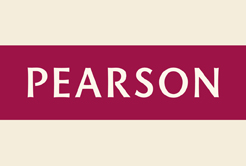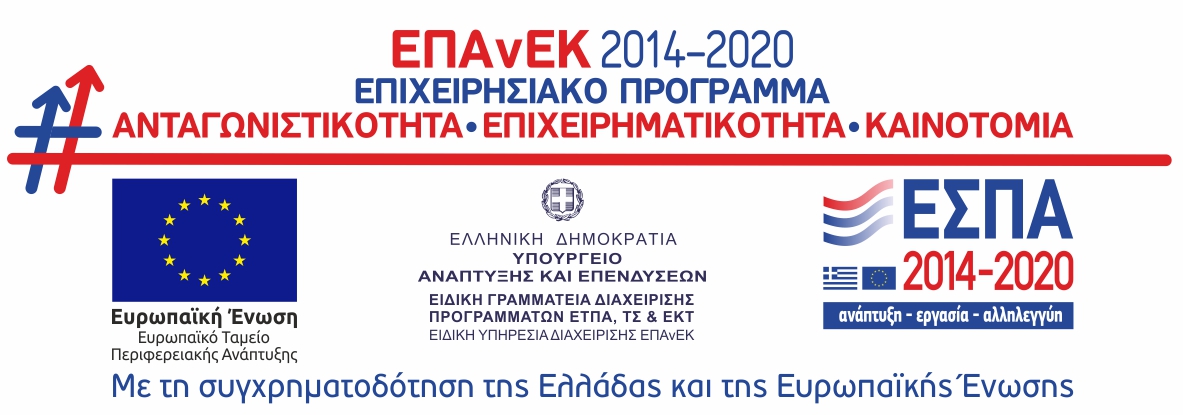One of the most common and most effective ways of teaching English to children is through the use of topics and themes. These topics and themes may be part of the English syllabus or may cover a number of school subjects, in which
case they are called cross-curricular or interdisciplinary topics. They allow language to be taught within a context, which is familiar and meaningful to the children.
This topic approach makes the language more memorable for the learners as well as allowing them to build on their previous knowledge. Such previous knowledge will come from their work on other school subjects as well as their
experience of life outside school. Similarly using stories and topics which are already familiar to students in their native tongue can prove very helpful in motivating students to read further.
Many readers combine a number of different topics. This means there is choice for learners with differing interests and for learners who want to read more than one book on a certain topic.
Extensive reading for children
Children learning English from ages 7 onwards already know how to read in their mother tongue. They will, therefore, be used to interpreting both words and pictures to help them understand the meaning of stories.
Younger children may still be getting used to: reading from left to right; reading from top to bottom. For young children, it is best to choose books that have a very limited number of words on a page and are printed in larger type.
Extensive reading is not the same as reading aloud or intensive, study reading. Children will need to be reminded that: They do not have to understand every word in the story.
- It is the general meaning, which is important;
- They can ‘read’ the pictures as well as the words;
- They do not need to read the story aloud.
- They may want to, of course, to give an example of what a character says or if they acting out that character;
- They can read the story as many times as they like;
- They can talk about the story with their friends and with their teacher;
- They do not necessarily have to finish the book.
- They can choose another story if they want to;
...Reading can be enjoyable and fun!
How to manage group and individual reading
As with other classroom activities, reading can be done on an individual as well as a group basis.
Individual reading is appropriate:
- as a ‘settler’ ie. to settle children down at the beginning or the end of a lesson;
- in a mixed ability class for those learners who have finished an activity earlier than the others;
- as a homework activity together with a specific task.
Individual reading should never:
- be given as a punishment;
- be done when there is distracting classroom or background noise;
- continue for too long.
Group reading activities are appropriate for:
- mixed ability groupings: children of different ability levels can work together;
- mixed interest groupings: each group can read a different book according to their interest;
- mixed age groupings: groups can be organized by age and read books appropriate for the age profile (this applies particularly to classes where there is a wide age range).
Managing group reading activities requires some planning and forward thinking from the teacher. As with all types of reading, there is usually a pre-reading activity, a while-reading activity and a post-reading activity. There are examples of each of these below. The focus of all these activities is on the meaning of the story and the children’s reaction to it, rather than the mere form of the language.
As with all group activities, it can be helpful if members of a group have different roles, whether they choose these themselves or are allocated them by the teacher. The types of roles you use will depend on the age of the learners and their level of English, as well as the type of activity.
To help with classroom management and carrying out activities more effectively, someone is needed who:
- makes sure the group is doing the activity and not something else;
- is time-keeper and makes sure the group has finished in the time set by the teacher;
- makes sure that most of the speaking is in English and not the mother tongue;
- is in charge of completing the activity sheet, when there is only one worksheet per group.
You will then be able to go round the class and monitor what each group is doing, giving help where needed. If learners have been working on different stories in their groups, or perhaps on different activities about the same story, it is possible to re-group the learners for a ‘real’ information exchange activity. They can then talk about and hear about what they and others have found out.
For example:
Groupings for first activity with groups of 4 children:
AAAA BBBB CCCC DDDD
Groupings for second activity:
ABCD ABCD ABCD ABCD
Individual reading also needs to be planned and managed. Learners reading on their own can be supported by the teacher, by other learners and by parents: in the classroom, for example, they can put their hand up if they need some help, at home, they can show parents what they have read.
When learners are reading on their own, they need to be given a clear purpose for reading – as is true with every reading situation. One way of consolidating individual reading is for the learner to use reading record cards.
Individual learners can show what they think of a book they have read by filling in a record sheet:
- they can write a few comments about the story;
- they can give it a grade or a rating;
- they can draw a smiley or sad face in response to statements about the book;
- they can compile a list of ‘my favourite books and why I like them’.
Younger learners can complete a class record sheet of books read, since individuals will not read very many books. Older learners will read more and can compile a personal record sheet of the books they have read. The oldest learners
will read even more widely and can complete a record sheet for each book they read. However, learners can easily be discouraged from reading if they feel they have to complete a record sheet whenever they finish a book. So, these types of activities should not be used all the time.
Bring the Readers into the classroom!
Children will need to be able to see the Readers, look at them and have time to choose the ones they want to read. The best way to do this is to have an area in the classroom where you set up the Readers in your lesson or where they can be
on display all the time. Children are curious and like to explore. If the Readers are in a place where the children can pick up the books, look at them, look through them, compare them and talk about them, this will motivate them to
borrow and read them. Children who are initially reluctant can be attracted by a fun-looking display.
The above abstract has been taken from www.penguinreaders.com (Teacher’s Area, Downloadable guide on Using Stories in Class.)











